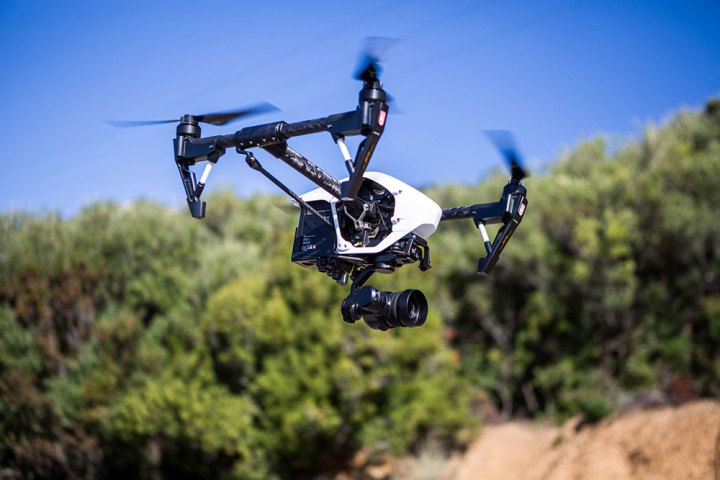
“Schools and universities are incubators for tomorrow’s great ideas, and we think this is going to be a significant shot in the arm for innovation,” Huerta said. As such, neither schools nor their students will need a Section 333 exemption or any other authorization in order to operate their quadcopters, given that they follow other existing rules that apply to drones.
However, while the FAA has relaxed its standards for students, the same cannot be said for teachers — in fact, the new policy explicitly forbids teachers from serving as the primary operators of drones. Because teachers are paid for their work in classrooms, if they were to fly drones in an educational setting, they “would not be engaging in a hobby or recreational activity.” That said, if there’s an emergency, teachers are welcome to take over.
This strange power reversal isn’t sitting so well with some educators, though. “I’m the one with the pilot’s license. I’m the one who’s been operating these for years. And now you’re telling me that I can’t fly it?” Matt White, founder of the University of Nebraska-Lincoln’s Drone Journalism Lab, said to BuzzFeed News. “My students are coming in fresh and they have no experience at all. And now the only thing I can do is stand by and wait for something to go wrong,” he added.
Of course, the guidelines around drones are still being perfected, so while students may have the upper hand in this situation, it’s unclear exactly how long that will last.


